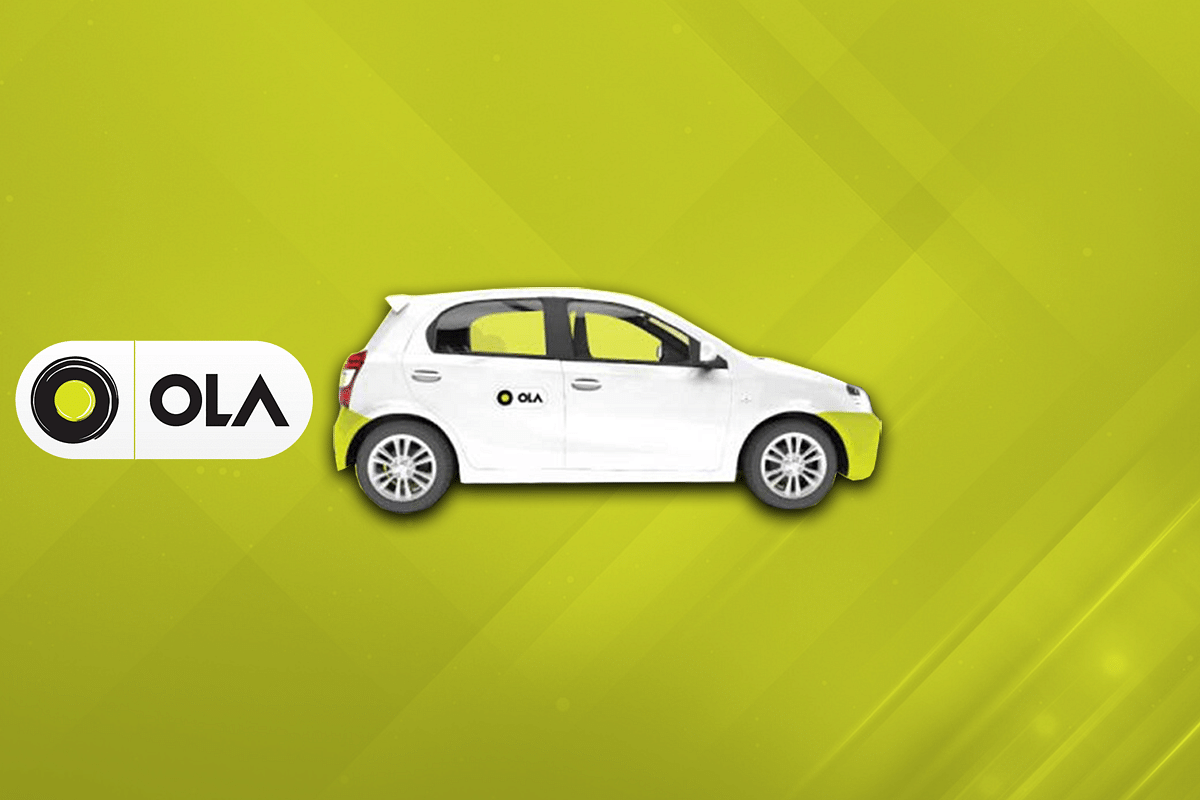Business
What Ails Ola, Uber In India?
- Uber and Ola have been facing several problems for years that were aggravated by the pandemic in 2020. During the pandemic, these companies saw plummeting ridership, an apprehension about ridesharing, and a decline in the number of available cabs and drivers.

Ola
Uber and Ola have been facing several problems for years that were aggravated by the pandemic in 2020. During the pandemic, these companies saw plummeting ridership, an apprehension about ridesharing, and a decline in the number of available cabs and drivers.
Other issues for these platforms included user complaints regarding ride cancellations, the lack of profitability, driver dissatisfaction, and currently and the issue of increasing fuel prices.
According to reports, drivers of cabs in areas of West Bengal, New Delhi, Telangana, Noida and Bangalore have begun a “no AC” policy. The move comes as fuel prices have shot through the roof globally due to supply-side issues. At the same time, it is alleged that Uber and Ola have not increased the commissions paid to these drivers commensurately to compensate for the rise in fuel prices. Consequently, cab drivers ask for extra money to switch on the AC despite the AC being included in the price for consumers.
Social media platform Twitter has been flooded with complaints about drivers not switching on ACs from citizens of various areas, highlighting the plight of both drivers and riders. In order to dissuade customers from asking for the AC, drivers have come up with various excuses such as the base rides not being provided with ACs. Travelling without an AC in the summer heat has bothered passengers who paid the entire amount only to travel in a vehicle without any air-conditioning. Some drivers in the Delhi-NCR region have already gone on a one-day strike on Friday demanding a hike in the minimum fare.
With drivers alleging that the commissions charged by the platforms are quite high, and the companies making losses, it is only a matter of time before both the companies come out with a fare increase. According to an Inc42 report, Uber had increased its fares while lowering commissions for cab drivers in order to make up for large losses the company faced during the pandemic. Uber has already come out in public with a statement that has assured drivers of a 15 per cent fare hike in Mumbai from April 2. However, while rates have increased in Mumbai, drivers in other cities are yet to receive a fare hike. Ola is yet to declare any changes in its fares.
These complaints from users have come at a time when both the companies are facing a backlash regarding the high number of cancellations on the platforms. Drivers often cancel rides after knowing the location, or after knowing the mode of payment. While the rejections due to the location are dependent on the driver’s convenience, online payment is not a preferred mode of payment as the drivers are paid on a later date. Some drivers even allege that they haven’t been paid for some trips by the platforms. Ride cancellations are a popular feature across most negative reviews and complaints on Play Store and social media platforms.
While Uber is profitable on an adjusted EBITDA basis, its $ 86 million EBITDA is in sharp contrast to the cash burn rate of $ 445 million for 2021. Ola too has been burning cash since inception and has been continually raising capital to run its operations. In order to increase the size of its operations, Uber has begun partnering with Mumbai’s local “kaali-peeli” taxis. These traditional taxis make up a large part of Mumbai’s taxi industry and would help Uber reach out to a larger network of drivers and riders.
Nevertheless, drivers are not facing these problems only in India, but across the world. In the USA, Uber, Lyft, and FedEx have complained about the low rates paid to them amid the spike in fossil fuel prices. Uber and Lyft have already imposed fuel surcharges on end-users to deal with the increase in commodity prices.
According to a report by Techcrunch, around 43 per cent of Uber and Lyft drivers surveyed have said that they are not driving as much as they used to or have quit driving completely. These reactions are despite the surcharges implemented by the platforms. The surcharges have been applied on a flat per-ride basis, rather than a per-mile basis, making the surcharges incommensurate with the rise in prices.
While it is very likely that fares in India will increase, on the brighter side, these issues could catalyse a faster adoption of electric vehicles as the cost of electricity is not volatile, and a rise wouldn’t pinch the customers’/drivers’ pockets.
Support Swarajya's 50 Ground Reports Project & Sponsor A Story
Every general election Swarajya does a 50 ground reports project.
Aimed only at serious readers and those who appreciate the nuances of political undercurrents, the project provides a sense of India's electoral landscape. As you know, these reports are produced after considerable investment of travel, time and effort on the ground.
This time too we've kicked off the project in style and have covered over 30 constituencies already. If you're someone who appreciates such work and have enjoyed our coverage please consider sponsoring a ground report for just Rs 2999 to Rs 19,999 - it goes a long way in helping us produce more quality reportage.
You can also back this project by becoming a subscriber for as little as Rs 999 - so do click on this links and choose a plan that suits you and back us.
Click below to contribute.
Latest